Frequently Asked Questions
What is a “domain?’
A domain is the web address that you type in or search for when you browse the internet. cnn.com, netflix.com, google.com, soliamedia.com, are domains. Domains are just easy to remember ways to invoke a numerical internet protocol (“IP”) number. The internet uses IP addresses to direct traffic and connect you to a service you desire such as a website or an email server. A classic IP address is four numbers separated by periods. When you type in Google.com, your computer actually looks up Google.com to find out what its IP address is.
How do I get a “domain?”
Domains are obtained by ordering them from a “registrar.” A registrar brokers those names. Legitimate domain name registrars are accredited by the Internet Corporation for Assigned Names and Numbers (ICANN). ICANN is a private (non-government), non-profit corporation that has the authority to allocate IP addresses and managing the Domain Name System. Network Solutions, ENOM and GoDaddy are examples of registrars.
You can secure a domain directly or have someone else do it as your agent.
What does my Domain Account do?
At the very highest level, your domain account is where you configure how you want your name to work. For example, let’s say that you have a website located on a web server with an IP address of 108.099.777.345. Your domain controls allow you to direct website traffic to that numerical address. You can direct other forms of traffic – such as email traffic – either to the same server or even a different one. Those changes are edited at the “name server.” The domain account specifies the name servers to be used. Then the user can make the changes in traffic via that name server.
What is web hosting?
A hosting server is a machine that contains the files that comprise your website. A hosting server also usually has an email server function, and other functions too. At the simplest level, a server is a computer that holds your files and often receives and transmits your emails.
What is email hosting?
An email server provides email management functions. Often that is done at the same server that has a corresponding website for a particular domain. But it’s possible to use different servers. For example, using the domain control and “DNS” entries, it would be possible to use Google for Business, Microsoft 365 or another service to handle a particular domain’s mail traffic. That is done by setting the MX (Mail Exchange) records.
Can Solia Secure a Domain for Me?
Yes.
What if I don’t want to do business with Solia anymore; can I get control of my domain?
Yes, we would transfer the domain to an account under your control.
What if I have a domain already and want to use Solia to create a new or updated website for me?
Easy. Our clients access their domain controls (or give us access) and tell the domain to direct web traffic to one of our servers, where we have constructed their new websites. After that change, the new Solia website will begin to be displayed.
Google now does mobile-first indexing. In the past, Google crawled and indexed the desktop version of a website, but Google now crawls, index and rank the mobile version of the website – which means a responsive site is favored.
Responsive websites are now the industry standard. We at Solia Media can make sure your design is responsive.
 We at Solia Media have been receiving questions from our clients regarding email security. We see a bit of confusion between two concepts: secure access to our email servers via encrypted channels and actual encrypted email. We will try to explain the difference in plain terms.
We at Solia Media have been receiving questions from our clients regarding email security. We see a bit of confusion between two concepts: secure access to our email servers via encrypted channels and actual encrypted email. We will try to explain the difference in plain terms.
When you send an email message, you initiate a connection from your computer to your mail server over the Internet. Upon negotiating the link an authenticating with a username and password, you can send an email and attachments to your mail server. Your mail server then finds the recipient’s mail server, transmits that message to the recipient’s mail server, to be retrieved by the recipient.
If you use the and SSL, or even better, the TSL protocol to send and receive an email, you are using secure access to the server. In such a case, the channels through which the message travels are encrypted. You can think of the message being carried in some sort of opaque tube when the pathway is free from prying eyes. However, normally the message itself – the data being transmitted through those opaque tubes – is not normally encrypted. Thus, if someone knows the user and password of the intended recipient and retrieves the message, they could read it.
That’s where actual encryption is useful. Encryption of the message itself is possible by the use of reciprocal security certificates, whereby the sender and receiver of an email (each possessing a digital ID) have first given each other their “public keys.” So, a person sending to a business associate can scramble the message with a certain key, which can be used by the recipient to essentially unscramble, or unlock the message with the key in their possession and installed only on the intended recipient’s computer. A hacker who has the user and password of the recipient cannot view the content of the message, because the also need the key.
So maximum security is achieved by TLS connections and end to end encryption of the email itself. Solia Media can implement these solutions for its clients.
The nature of our business is such that we can, and we do, serve clients all over the world. We are not limited by geography at all!
However, we do have special relationships with certain communities in which our professionals spend significant time and have “on the ground” relationships with businesses and organizations. Some of these include:
Covington and Newton County, Georgia
Norcross and Gwinnett County, Georgia
Monroe and Walton County, Georgia
Without considering travel, we have several approaches. Generally, we like to listen to our client’s needs and provide a fixed price. We don’t like surprises either! Pricing for drone work can vary depending on distance, work environment, and even risk. Generally, a carefully done and edited image of your business can be delivered for as little as $75.
Pricing for 15 or more candidate images, with the editing of a final image, is approximately $250.
-
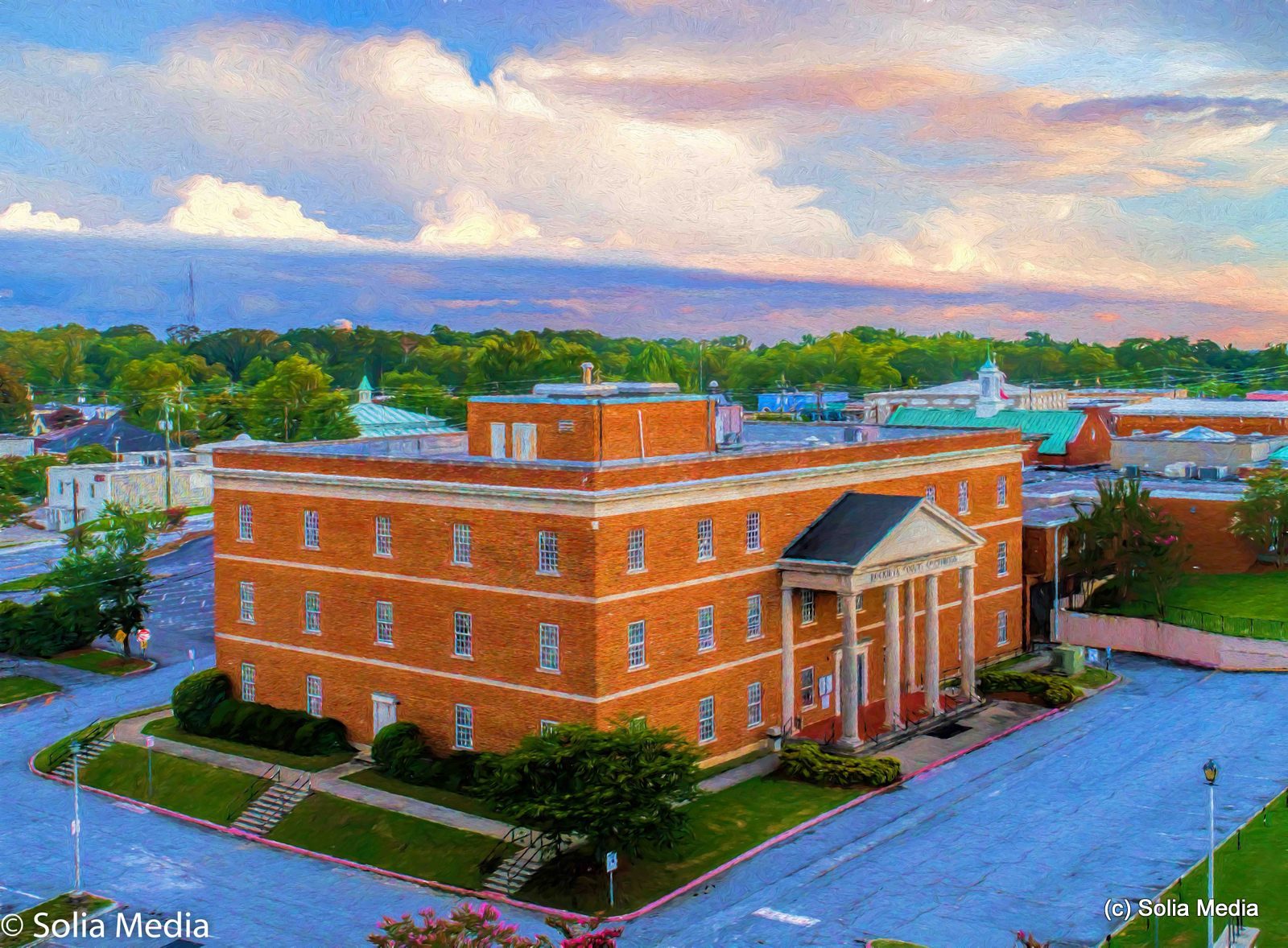
Rockdale County Courthouse - Aerial Photography
-
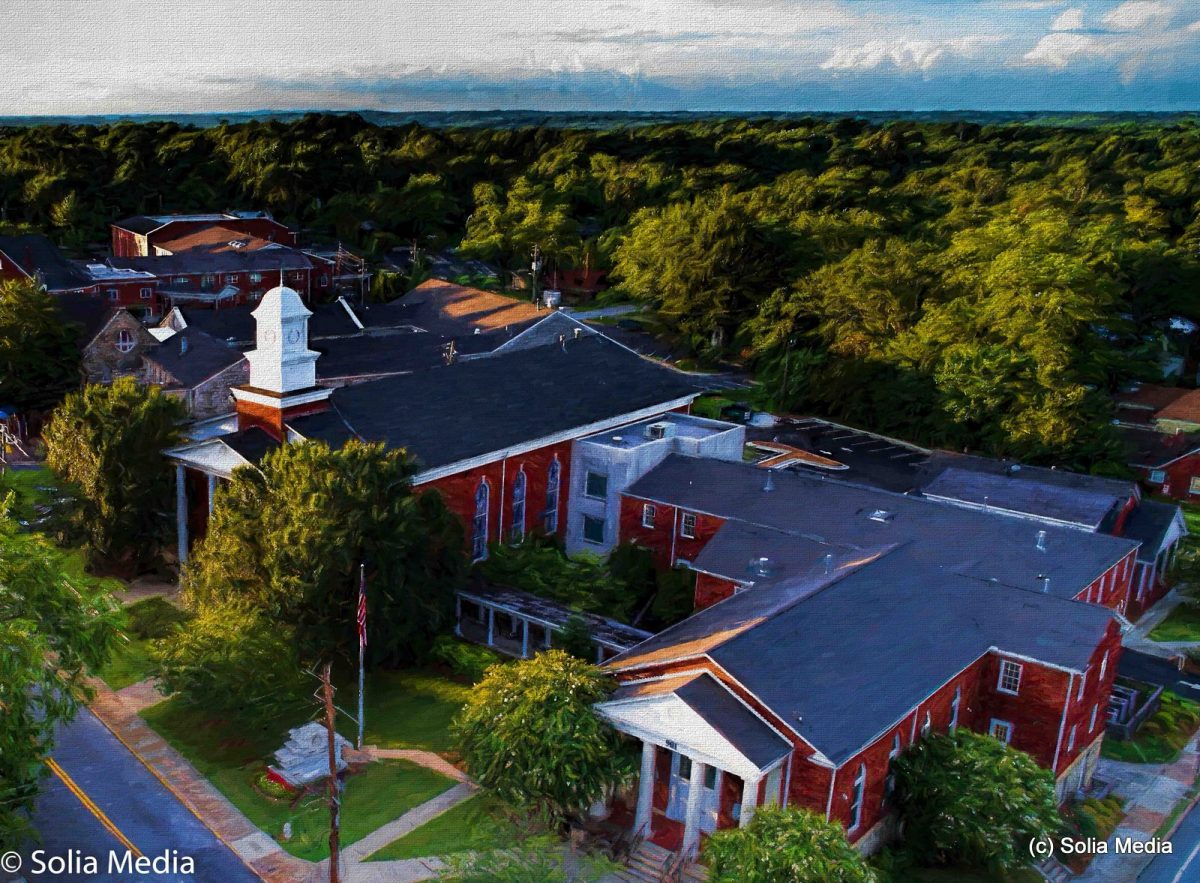
Rockdale County Government Buildings
-
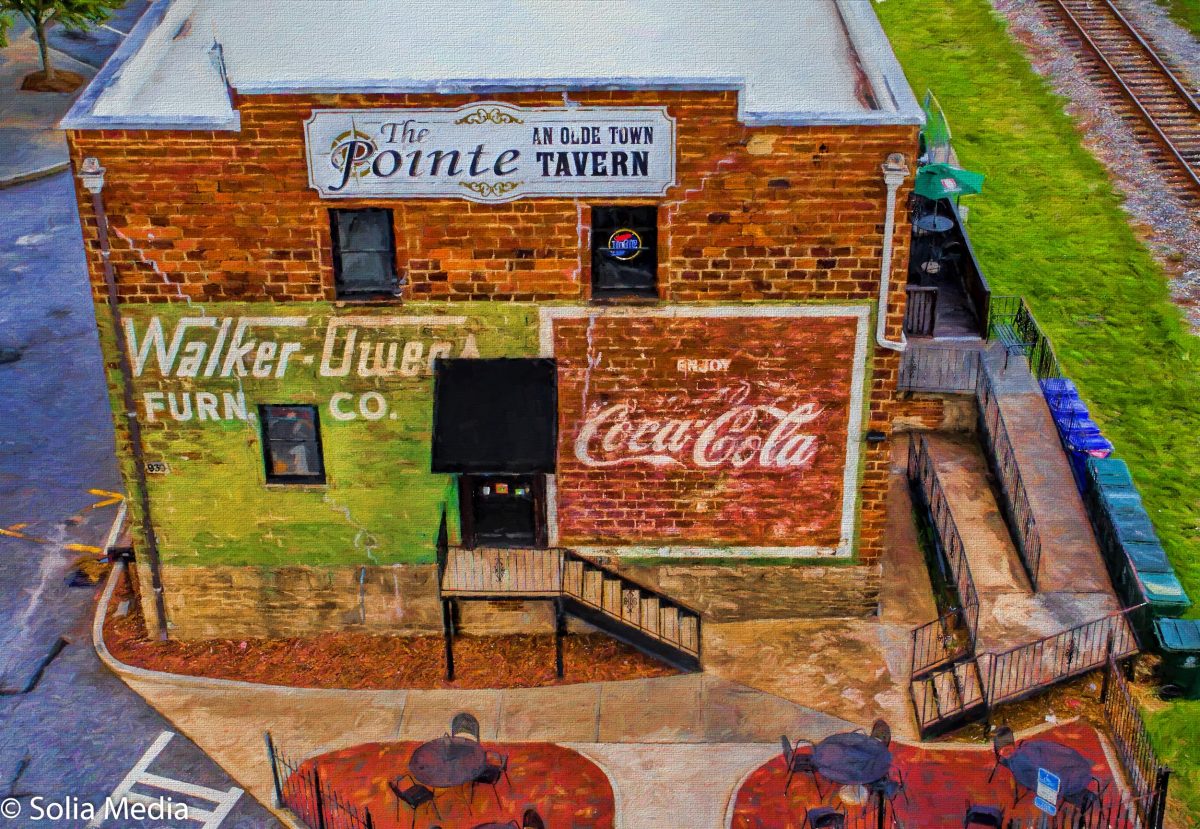
Drone shot of The Pointe Pub - Olde Town Conyers, Georgia
-
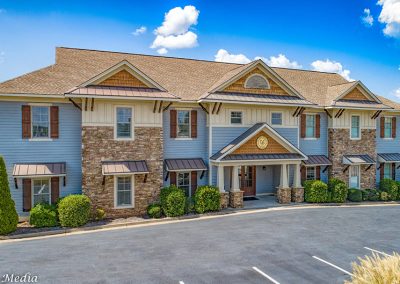
-

-
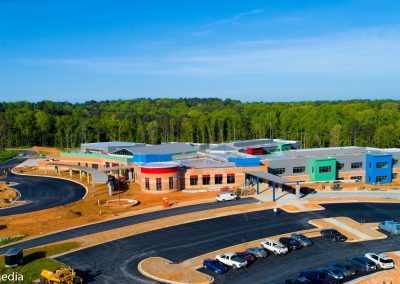
-
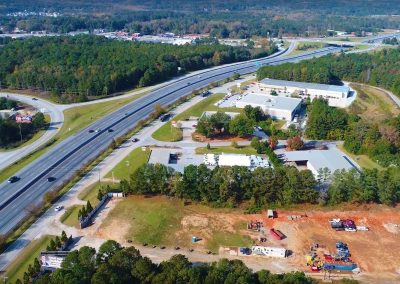
-

Aerial videography of your business, construction site, real estate site and similar locations – with professional editing – can run from $250 to $450 on the average. Obviously, a truly ambitious project would be priced higher.
Sites that require usernames and passwords use what are referred to as “session cookies.” It’s a small bit of information retained by the browser which tells the site “I have logged in.”
Basically, that’s how a browser and a website that accepts logins remembers that the person using it has logged it. The cookie expires when someone closes the browser.
Sometimes people updated their browsers and set the privacy settings to not accept cookies of any kind. There is nothing inherently wrong with that, but it is really overdoing it. It limits a person to essentially window shopping. Without cookies on a site that has user login capability, the viewer can look, but cannot interact. They can disable third-party cookies but not first-party cookies.
All a visitor needs to do is enable cookies. It is a BROWSER function, not a computer function. The method is determined by the browser settings.
For example, for Firefox: https://support.mozilla.org/en-US/kb/fix-login-issues-on-websites-require-passwords
For Edge: https://www.laptopmag.com/articles/disable-enable-cookies-edge-browser
Safari: https://support.apple.com/kb/ph21411?locale=en_US (Note the explanation of third v first party)
Consulting is when we help our clients learn more about their sites and about digital media generally. Often, diligent clients wish to spend a significant amount of time with us discussing their business objectives and learning about what options are available with respect to their digital media strategies. We often spend a great deal of time with such clients to help them reach a decision.
We are available for that sort of work at our then prevailing consulting rates. Presently, that rate is $50 per hour billed in half-hour increments with the first half-hour being the minimum.
Actual website development is then priced based upon the clients stated objectives. Following the successful deployment of our websites, and following any training included, clients often desire to confer with us regarding other marketing ideas and possible modifications to their marketing approaches. For example, clients may wish to discuss the feasibility of streaming a Facebook feed, ask us to help them set up social media accounts, selling products online, or other changes and enhancements.
Clients who have long-existing websites may wish to consult with us about the feasibility of a new design.
Other issues that clients may need assistance include questions by email functioning on various devices, troubleshooting email issues that are not caused by any failure of our servers to transmit or receive emails, altering email accounts or forwards and similar work. That work is also handled as set forth above.
We offer professional in-house photographic services. We handle site photography, product photography, and portraits. The focus of our work is to support web media and digital marketing. For example, we decline special event photography such as weddings. Rather, our work is tailored for the marketing of products and services and promotion of organizational efforts.
Therefore, for our restaurant clients, we can supply the images of their facility and cuisine for use on their websites. Our manufacturing clients can rely on us for a professional display of their facilities and equipment. Our nonprofit organizations look to us to supply the imagery that well represents their missions.
We offer flat rate pricing for defined tasks and hourly rates for less defined tasks. Rates per hour vary from $75-$150 per hour depending on the job. If the work is done in conjunction with the website, we generally offer a package that translates into a discount for photographic services.
Basic support includes the periodic backing up of your site (in case of hacking or some other catastrophe), access to our ticket system where you can ask questions about your site operation, email configuration and similar things, a reasonable level of minor text updates (if you change hours of operation or phone, for example) and software updates for the site and its components. Importantly, as part of our support, we keep your site up and running and current. Bad things happen to websites periodically; that’s a reality. Servers go haywire, hackers decide for some reason to target your site. We take care of our clients when such things occur.
Minor text updates do NOT mean that our clients can contact us to say “we have an important newsletter we want out, we don’t have time, so please create one for us and send it.” Regular support cannot, and does not, mean that we at Solia are to serve as unpaid internal staff to respond to regularly post for clients who do not have time or would prefer not to do that work. While the reasons should be evident, we note that we have many valued clients and if we were called upon to update their sites daily as part of basic support, we would not be able to attend to our regular work. Instead, when a site is published we provide training to our when client sites are published on how to create articles, newsletters and otherwise handle the kind of content that clients are expected to create and post.
If clients desire that we handle the creation and publishing of content, we are glad to do that. It’s often very sensible that a client spends time attending to its own business rather than learning how to manage content on a website where they expect not to make regular changes. We can proceed under a separate plan or at our hourly rate of $50 an hour with a half-hour minimum. If a client has an urgent need to post something or send a newsletter when the client has not learned how to do those things, we would attend to this at our normal hourly rates, but WILL NOT GUARANTEE THAT WE CAN meet a short deadline imposed by the client.
Of course, enhanced support is available for very busy websites. An example of enhanced support includes the management of web commerce sites by regular updates to products, creation of coupons, updates of event calendars or the creation of new content for a busy client. Prices can either be fixed or variable depending upon the nature of the work. For example, some of our clients desire a particular number of updates per month. We have been able to quote a fixed monthly price for such work.
That’s not a simple question. Consider that it’s like asking “how much does a house, or a car, cost?” Obviously, there are huge ranges of prices for houses and cars, depending on which house, or which car, you want. In website design, the features make a big difference, as does whether the client has content ready, or whether the client asks us to develop the content.
We can design websites for as low as $500 to as high as many thousands of dollars for complex commerce sites.
We do generally offer a FIXED PRICE quote for website design, which our clients like because they are no surprises.
After your website is designed, it must also be hosted. That means that the website is stored on a particular server and made available to the public. We offer free hosting plans with our basic maintenance plan. We can provide larger hosting space and more bandwidth for very big sites but at a negotiated rate.
A basic maintenance plan is essential. That includes backing up the site, keeping it secure, making minor text changes needed, and helping clients with basic questions about the use of their site. Our basic plan for most business sites is $300 per year. Many clients desire that Solia actively maintain their sites by continually updating content. We offer enhanced maintenance plans in such cases.
We sure do.
We offer email plans that include unlimited email address and both POP and SMTP access to your email. If we create and host your website, we provide email services FREE. You can access email directly via a variety of web interfaces, or add your Solia-hosted email to other accounts you may have such as Google.
We limit total storage space to 500mg on our servers, but you can download your message periodically. We can expand space under a separate agreement.
Typically, we setup and test a limited number of email accounts as part of our initial pricing. Our support includes ensuring that our email servers receive and transmit email properly.
However, follow-up support that involves configuring the clients email programs such as Outlook, adding accounts or forwards, troubleshooting email matters that do not implicate our servers’ functioning, or matters handled under our consulting rates per the FAQ regarding consultant work.
Server control: Servers have to be configured to accommodate dynamic websites. We use Linux based servers, as they are the most secure. We have to configure the proper type of underlying server functions. This takes time. We can view all our sites and control them efficiently when they are on Solia’s servers.
Security and updates: We update our sites as code fixes and improvements are made. We also do our best to comply with security best practices. We track the attacks upon our websites. You cannot believe how many people have nothing better to do than the try to hack sites. Vulnerabilities are discovered from time to time. We monitor security updates and we keep our sites as secure as commercially feasible. We do NOT permit others to modify the code. Sites are often broken that way. We maintain regular backups to allow us to quickly restore the site following any injection of malware or other corruption.
Web Designers perform a few different functions. The actual design and deployment of a website are related to SEO. At Solia, we generally do both functions, but they are not the same. Web design responds to the following client need:
Create a visually appealing and easily navigable website that contains the information the client wants to convey to visitors, with a nice style, which can be viewed by whoever navigates to its URL, and keep it secure and updated.
Solia’s design fee includes primarily design (usually a one-time flat fee). Depending on the support plan chosen, a basic annual fee covers basic maintenance and support that includes website hosting, simple text edits, website security updates, and program upgrades.
Search Engine Optimization is all about GETTING FOUND. So, SEO responds to a related, but distinct, objective:
Develop and post content, and place the client’s information on a variety of other sites which link to the client so that the client site will more likely be found by people who may search for the goods or services the client provides.
Another designer nicely described the relationship between design and SEO as follows:
“There is an important relationship between web design and search engine optimization. SEO services are responsible for improving the search engine rankings of a website to bring more internet traffic to the website. Whereas a good looking web design grabs the attention of the visitors and keeps them on the webpage to check the content and navigate through different pages. In other words, SEO is concerned with the marketing and advertisement of the website letting internet users know about the presence of an online website and driving them to visit the web pages while web design is responsible for attracting the users once they arrive on the website.”
Thus, SEO is the ongoing process of adding content and evaluating performance and getting incoming links (among other things). SEO is a very important process for many if not most everyone that has a web presence. If the client requests SEO, Solia will provide a separate SEO quote based on the client’s budget and needs. Optimizing the website itself for SEO purposes is referred to as “on-page” SEO. Enhancing rankings by ad campaigns or increasing the number of incoming links are external to the website itself, and are often called “off-page SEO.”
Hence, on-page SEO work means editing the content of one’s own website to improve search rankings. That could include (as just a few examples):
- Using Alt Tags for images
- Taking care with page titles and headings
- Carefully constructing the actual content of the articles and posts to use the words that would help in searching. For example, a Solia post might say “we handle real estate photography.” Better construction of a post would be “We at Solia provide top quality real estate photography of interiors and exteriors of homes and businesses, plus FAA certified aerial (“drone”) videography in Rockdale County, Newton County, and Conyers.”
- Creating a directory that draws people to your site who are looking for related services.
Off-page SEO is designed to draw traffic due to external links. As an example, an owner would like to be placed on directories, have a YouTube or Facebook page that has a link to the website (and also have feeds on the site itself), have partner ministries place articles on their own sites about Restoration Storehouse with links. (Generally, reciprocity is given).
We have a basic plan for a fixed fee which enhances the site for SEO at the outset. We also have options that involve ongoing SEO work that cost more because they are ongoing processes. SEO work typically involves the following key elements, among others:
- Keyword and phrase analysis – working to ensure that site content, keywords, and metadata are more likely to have your site indexed in a way that helps you get found.
- Backlinks – the more sites that link to your site, the higher your rank will be as a general matter. We have identified strategies for placing our clients on more sites that will link back to the client site.
- Social Media – Social media integration is another key element of a good SEO strategy.
- Image tags – site images should be high quality and they also should contain text descriptions so that they can be crawled by search engines.
- Content editing – the more your site content changes, the higher your ranking generally is going to be.
- Monitoring via site analytics – We can monitor the visitor data by geography, search terms used to find the site, visitor behavior once on the site and other factors. This helps in making adjustments.
As mentioned in the previous question the time to complete a project depends on the client’s requirements for a website. Also, a key component in completing the work is the availability of the client with the materials and images needed to start and complete a site. Also, client availability to allow for continued communication is vital.
With a cooperative and involved client, and depending upon other pending jobs, we can have a basic site up and running within a week. Obviously, more complex sites require more time and testing.
Technology changes and changes FAST.
Modern websites now have “must have” features that were not evident just a few years ago. Security challenges always exist and vulnerabilities are continually being identified and must be promptly remedied.
A well-designed website should last between 3 and 4 years, with maintenance. At that point, a major web update can be expected to be required. That would be a separately priced re-design.
An example of a major change in website design occurred when the industry moved from static HTML websites to content management sites with server-side processing. In old HTML sites, each page was separately designed and the site itself did not perform data functions. The pages were more like paintings that just sat there until the designer altered the code behind that painting. In content management (dynamic) sites, the pages shown to the user are OUTPUTS from PHP code. The sites are hosted on servers that have databases and the sites themselves perform functions like member management, searches, web commerce, and many other valuable functions. That is also known as “server-side processing.” Clients of ours with HTML websites expressed a desire to have functions possible with newer technology, but the HTML sites could not be adopted for such uses as they were not capable of such functions. Therefore a completely new site was required in such circumstances. We have not maintained a pure HTML site in many years.
Another big shift occurred when Apple chose not to support Flash. For years animations displayed by websites were designed in an Adobe product called “Flash.” Web browsers used a Flash plugin to display the animations. Flash was a proprietary standard. Apple’s Steve Jobs decided that his products were not going to support Flash. So, a person using an Apple desktop or early iPhones could not see those animations. The result was the prompt abanding of Flash in favor of a new standard called HTML5. In no time, Flash-based websites become obsolete and had to be replaced. This sea change commenced in 2010.
Another big change was the need to make websites “responsive,” whereby the website would alter its layout to display nicely on a varied number of devices with different screen sizes. Responsive sites very quickly became an expected standard. That required web designers to edit the themes and site CSS to make them responsive.
Mashable called 2013 the Year of Responsive Web Design. Many other sources have recommended responsive design as a cost-effective alternative to mobile applications due to its ability to house all of the code in a single website. Users and developers alike began realizing the benefits and importance of mobile-responsive designs as mobile use continued to rise. This realization of importance was confirmed when Google made their announcement that search engines were going to reward responsive websites with increased rankings. https://en.wikipedia.org/wiki/Responsive_web_design
A good non-software analogy might be the purchase of a car. A warranty may exist under which the dealer fixes things that go wrong with your car and keeps it maintained. At some point, however, you may want or need features that are not available on that car. Or, the car just becomes so outdated it makes no sense to maintain it. At that point, you need to get a new car! A software example is easy. Microsoft periodically releases new versions of Windows. It supported Windows XP for years with updates, but eventually, a rewrite in the form of Windows 7 was necessary. That version was supported with updates, until Windows 8, then Windows 10 and so on.
We maintain websites that we design under our support system. However, if after a few years our clients want features that they see on newer sites, or technological changes are such that the old site cannot be reasonably maintained (often due to security issues), then a new website is the right choice.
Solia Media cannot predict the pace of change, but we do remind our clients that such external and industry-driven progress may require more than routine updates of a website – particularly if the client wants the newer features and functions which will most certainly be made possible in the coming years. In sum, we design our websites to current standards. We will maintain them as long as the industry considers it to be feasible from a technological and security standpoint. If the current platform cannot be maintained (this is not just our decision; this is determined by industry experts), we will coordinate with our clients to determine how to ensure that the client’s web presence is not unduly outdated.
Solia websites can accommodate some incredibly advanced features including e-commerce, newsletter control, and member management. Please keep in mind that functions like e-commerce require significant work to incorporate, configure and test. Although our websites can include such advanced features, that we may have discussed with you, they are not included as part of the quote unless clearly shown.
We will list the functions that are included in your estimate and check those functions that will be part of the scope of work. Other features will NOT be included. You can certainly add them later. In such a case, we will provide a quote for that work, and upon your acceptance proceed to enhance your site with the feature requested.
Please refer to this article for our response:
What Features Should a Modern Website Include?
